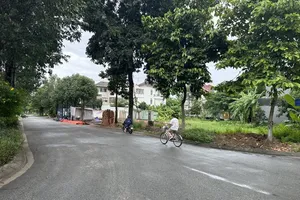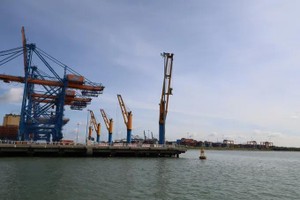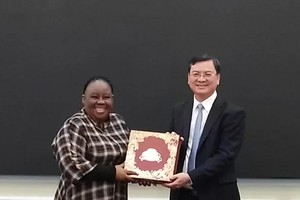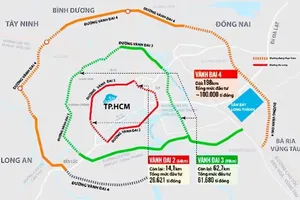As of July 30, the Ho Chi Minh City Department of Construction submitted to the city’s People's Committee a project on training officials, public servants and employees to serve the development of Ho Chi Minh City’s urban railway network for the 2025–2030 period, with a vision toward 2050.
The purpose of the project is to train a high-quality workforce capable of meeting international standards in planning, construction, operation and maintenance of the urban railway system.
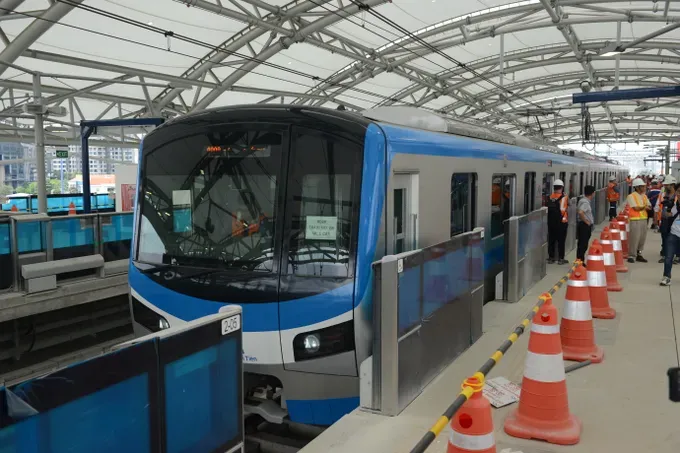
The project’s overarching goal is to build a workforce of officials and specialists with advanced expertise and modern management skills, capable of mastering technology and independently operating the urban railway system, which is a key sector in ensuring the effective, safe and sustainable implementation of the city’s railway network.
Specifically, the city will train a team of professionals with technical expertise and the capacity to organize, manage and operate urban railway investments according to international standards. Thereby, the specialists will be capable of consulting on and managing urban planning projects, landscape design and underground spaces, especially in areas developed under the transit-oriented development (TOD) model.
The project also focuses on establishing training programs based on standards set by organizations such as the International Association of Public Transport (UITP), the International Union of Railways (UIC) and the Railway Systems Institute (RISE), aiming to enhance the quality and professionalism of urban railway personnel; and also integrating advanced technologies such as the Building Information Modeling (BIM), Geographic Information Systems (GIS), Artificial Intelligence (AI) and automated control into the curriculum to strengthen practical skills and real-world application for trainees.
The implementation of the project is expected to lay a solid foundation of human resources to accompany Ho Chi Minh City in building a modern, synchronized urban railway system in line with the city’s master plan to 2040 and vision to 2060. It will contribute to easing traffic congestion, protecting the environment and enhancing the quality of life for residents.

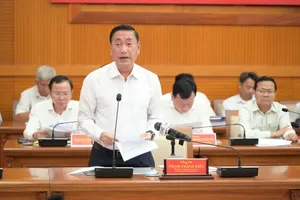


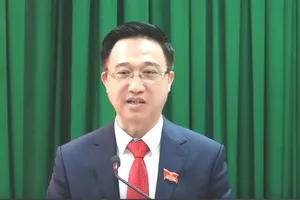
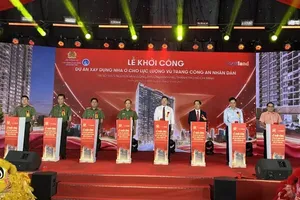

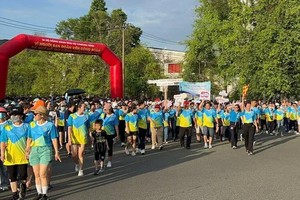
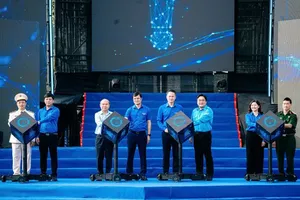
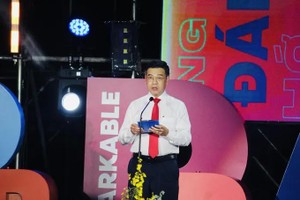
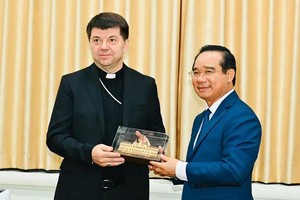

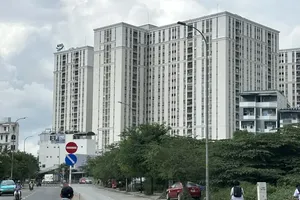
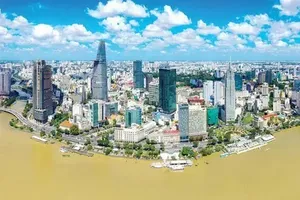
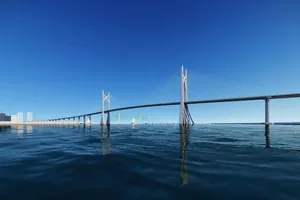
)
